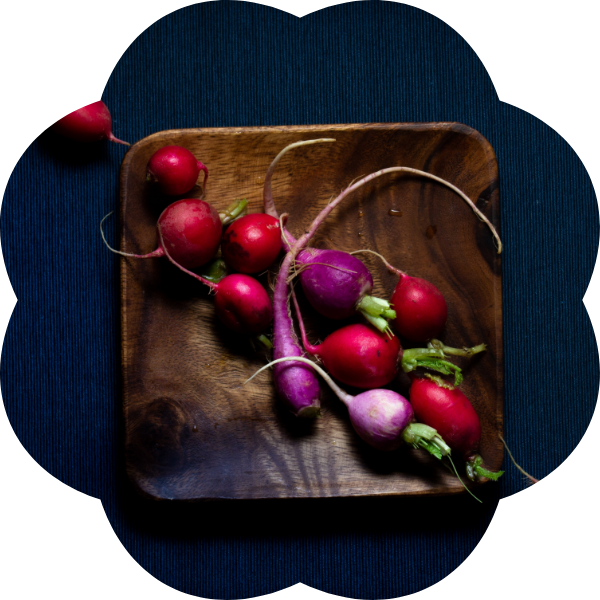Five sustainable eating habits
Five ways you can adopt more sustainable eating habits | By Lucy Crayton

1. Fruit and veg subscription boxes
So much of our fruit and veg is transported from not so local places, clocking up food miles and, as a result, causing emissions that contribute to global warming. Local fruit and veg subscription boxes are a great way to combat this, as they have a much smaller footprint. They’re also great for preventing food waste, as some boxes, such as Oddbox, are made up of misshapen fruit and veg that would otherwise have been binned because supermarkets reject them. These boxes also reduce plastic waste by not putting packaging around the fruit and veg. Organic boxes also cut down on production emissions, as the produce hasn’t been plastered with pesticides.
2. Too Good to Go app
Each year, 1/3 of food produced in the world gets thrown away, and this waste is responsible for 8% of all greenhouse gas emissions. So, in a bid to change this, Too Good To Go came about. The app lets you rescue a Magic Bag of surplus food from your favourite restaurants across the UK, US and Europe at great prices, so it gets eaten instead of binned. But it comes with a twist—you won’t know what’s in your order until you pick it up. So far, it’s encouraged the rescue of a whopping 3 million Magic Bags.
3. Embrace a plant-based diet
One of the biggest ways you can reduce your environmental impact on the planet is by eating less meat and more plant-based meals. The production of meat contributes significantly to global warming, as considerable amounts of CO2 emissions are emitted through factory farming and clearing land to make way for livestock. It’s been said that we need to reduce the amount of meat we’re eating by about 70 per cent by 2030 to avoid climate breakdown. You don’t have to become a vegan or vegetarian overnight. If everyone cuts down on meat at least a few times a week, the world would benefit.
4. Growing your own food
Just like purchasing fruit and veg subscription boxes, growing your own food is another important way to cut down on transportation and production emissions as well as reducing plastic waste. It will also bring a sense of accomplishment and make you feel more in tune with the nature around you. An allotment, or greenhouse, isn’t essential—a simple garden trough can also do the trick.
5. Throwing away less food
As outlined above, food waste is a huge issue and it’s not just big companies and restaurants who are guilty. We could all be doing a little more. Here are some tips:
- Only buy what you need—plan meals and make shopping lists
- Donate any unwanted produce to food banks—e.g. The Trussell Trust
- Compost any leftovers
- Make stocks, soups, smoothies and juices with any leftovers
- Freeze any leftovers so you can eat them again whenever you want
- Check out Max La Manna’s Instagram for recipes that prevent food waste
Remember: it’s not about adopting all of these, as they aren’t feasible for everyone. However big or small your part is, it’s a step in the right direction.
Article written by Lucy Crayton
Photo by Christina Rumpf on Unsplash
Please consider supporting our journalism: https://www.paypal.com/donate?hosted_button_id=FFQ2VNZ6Z6BYG

